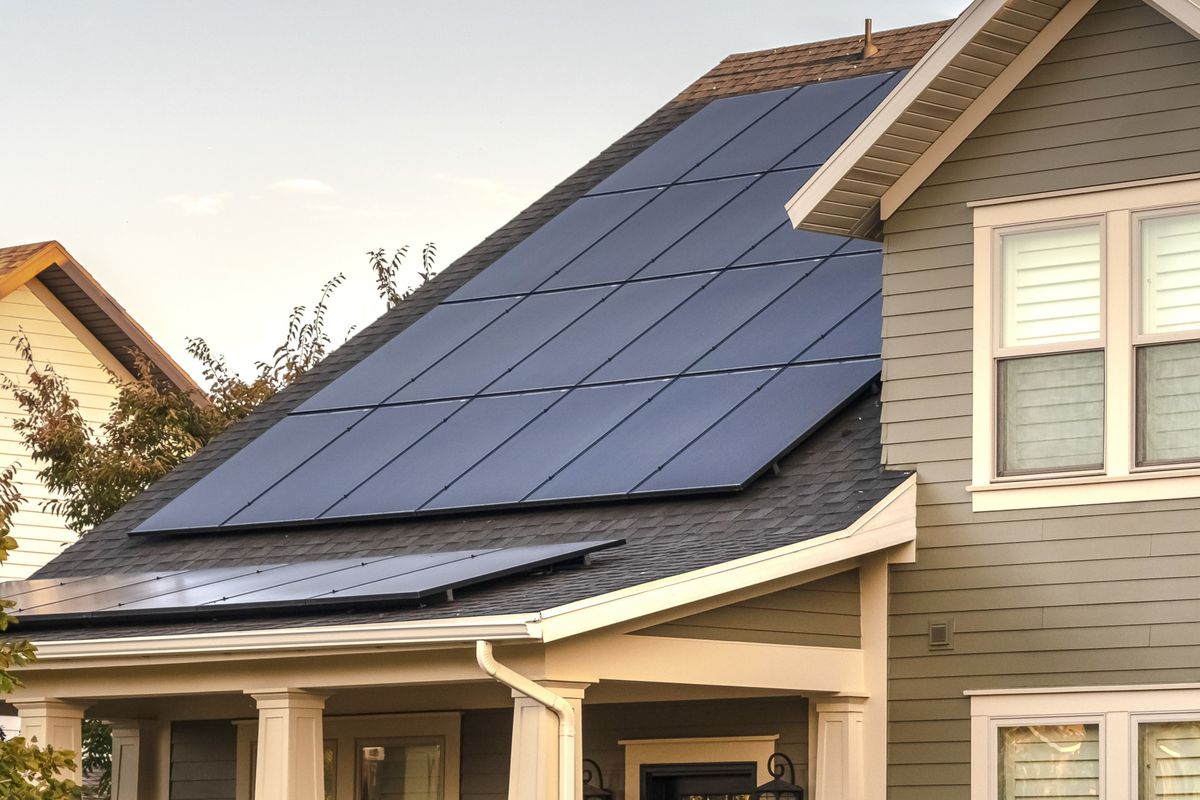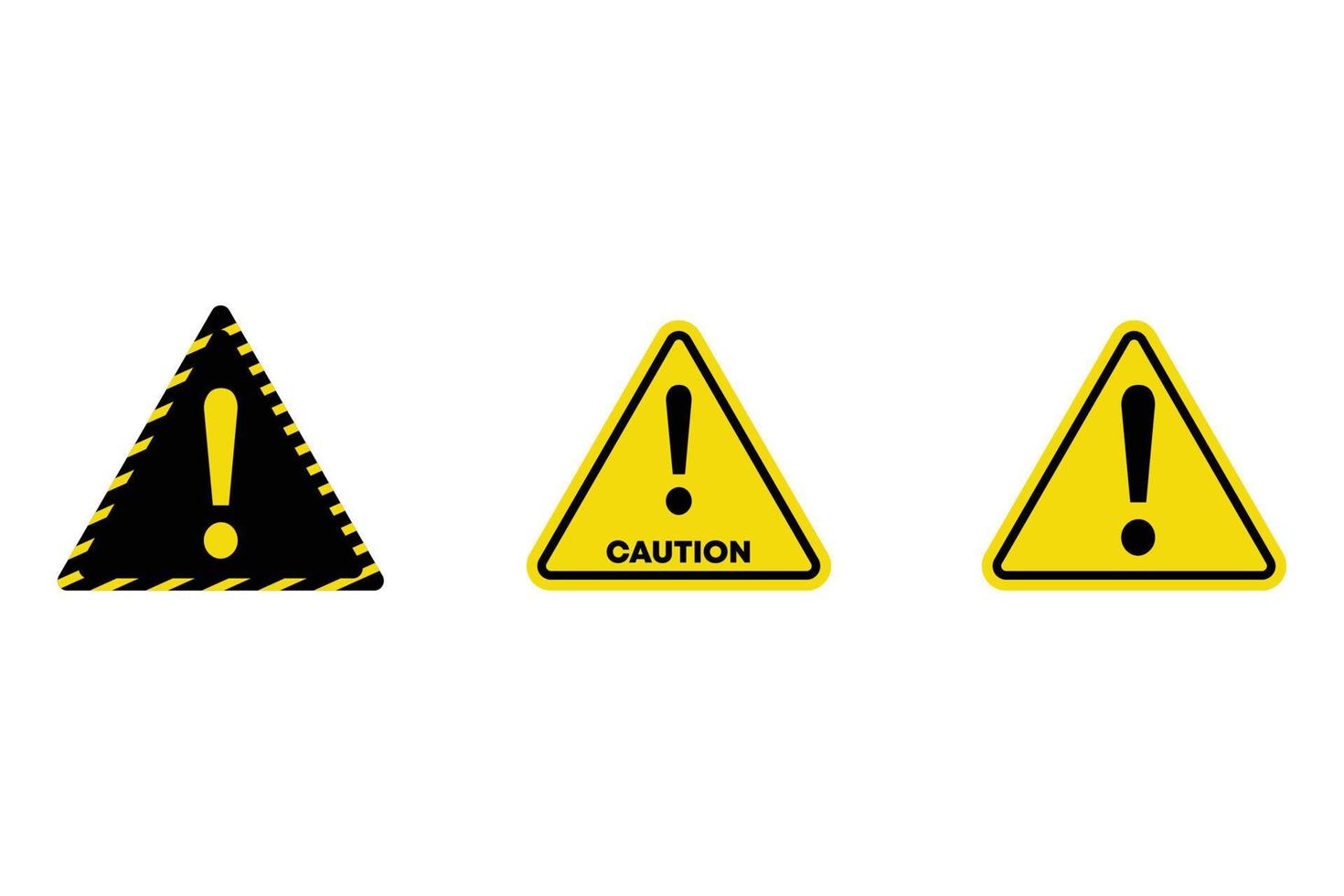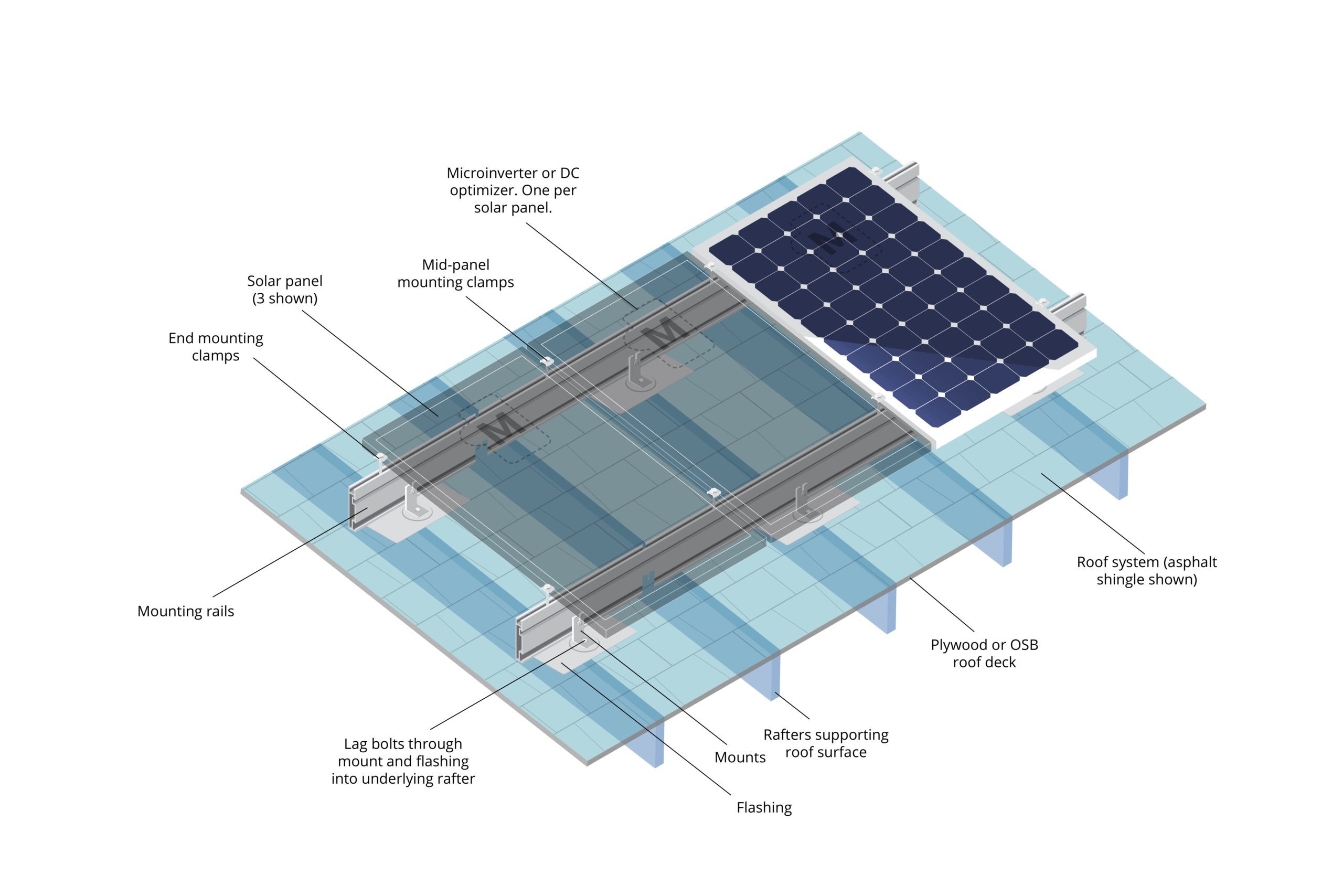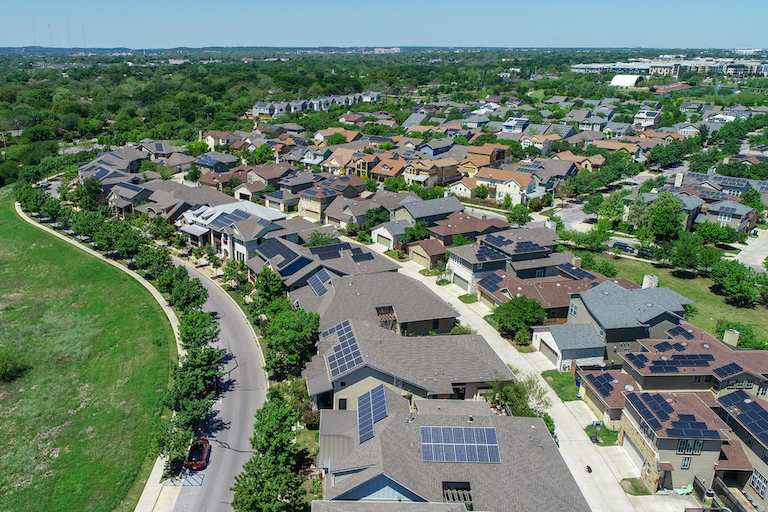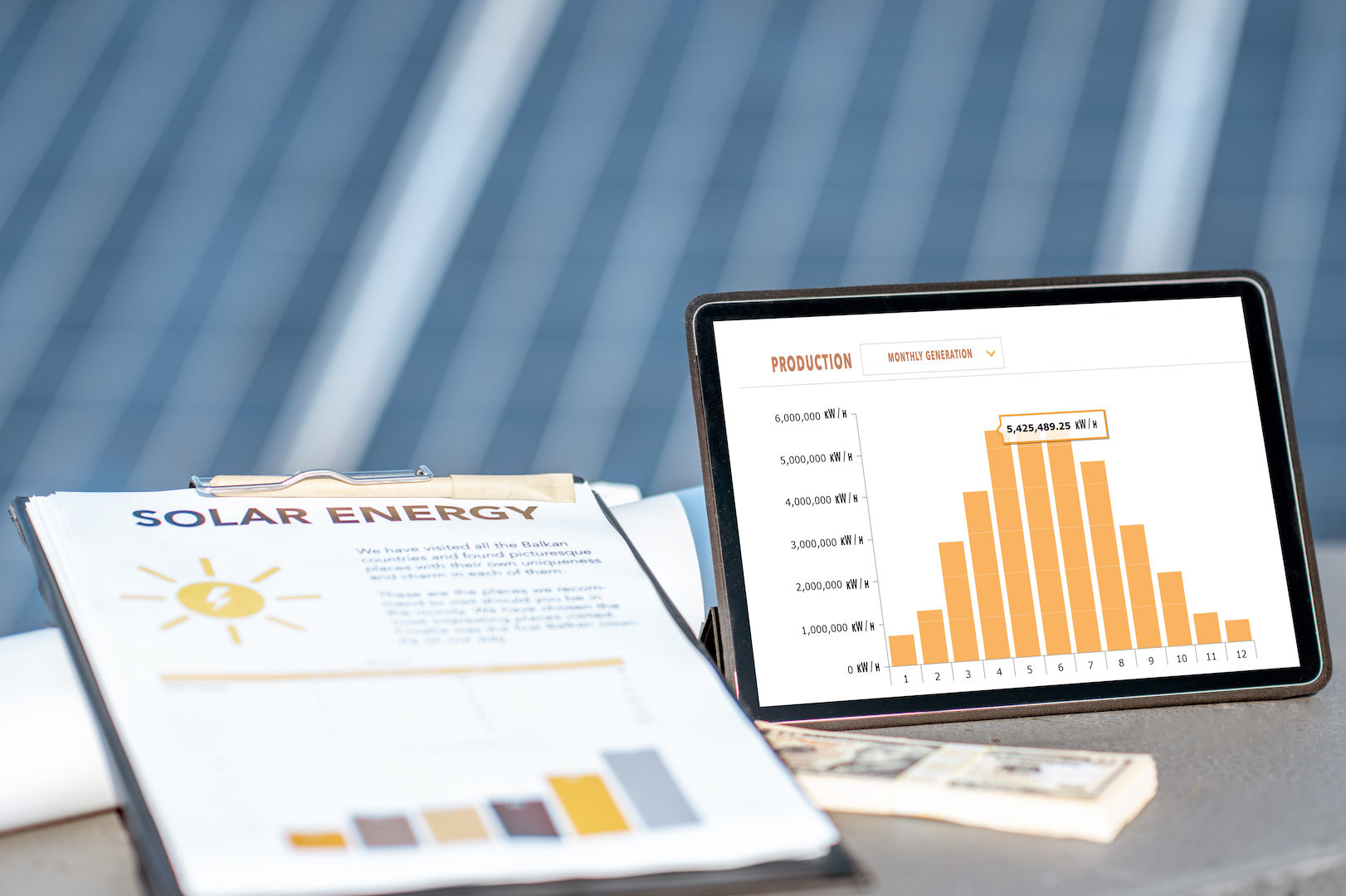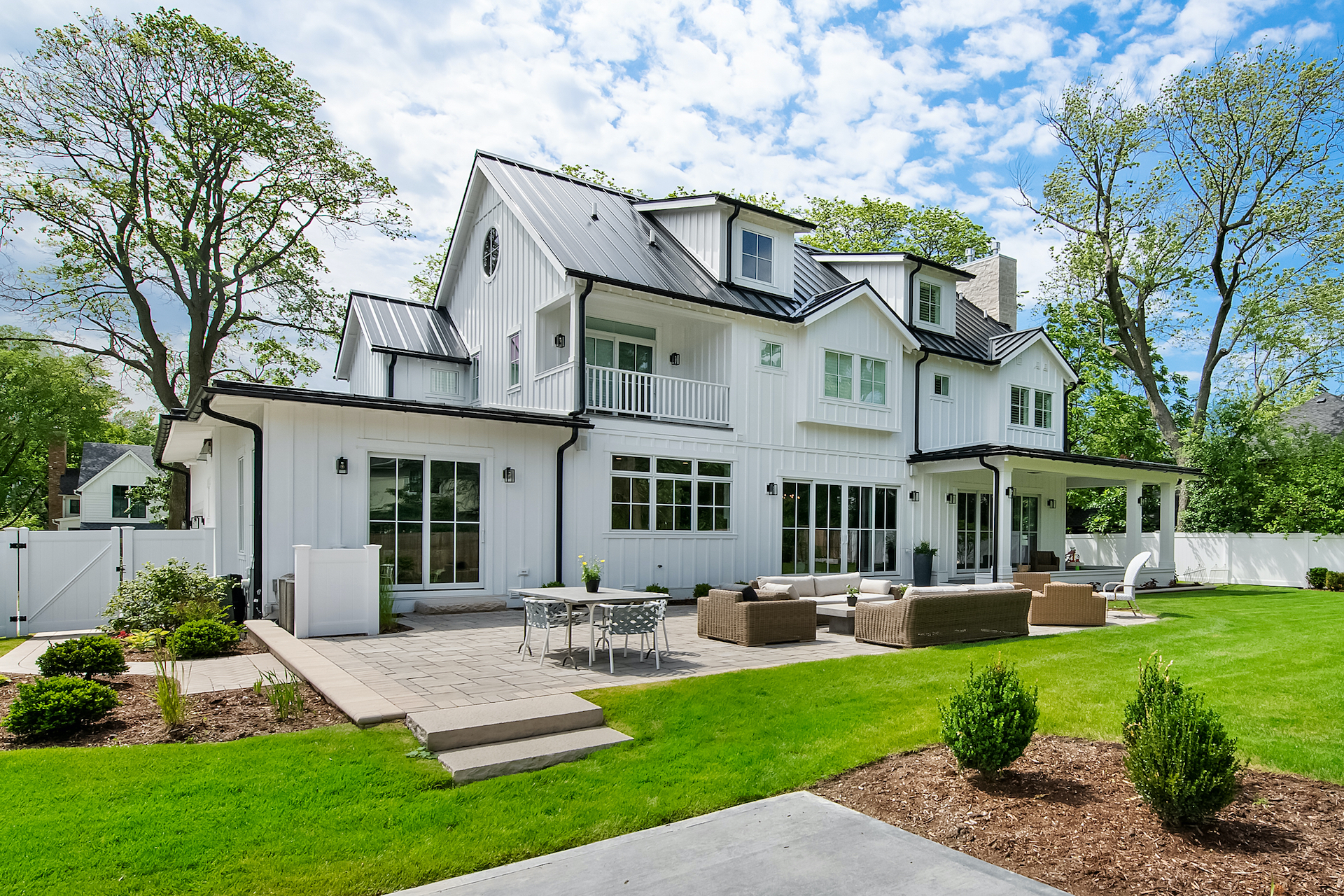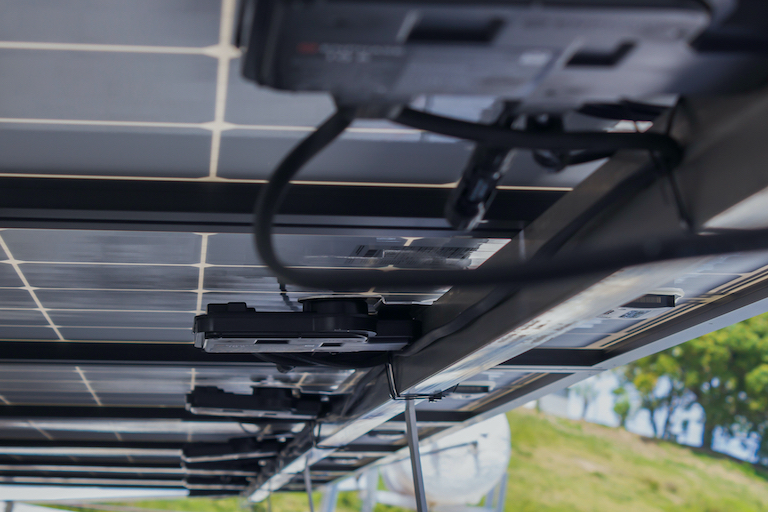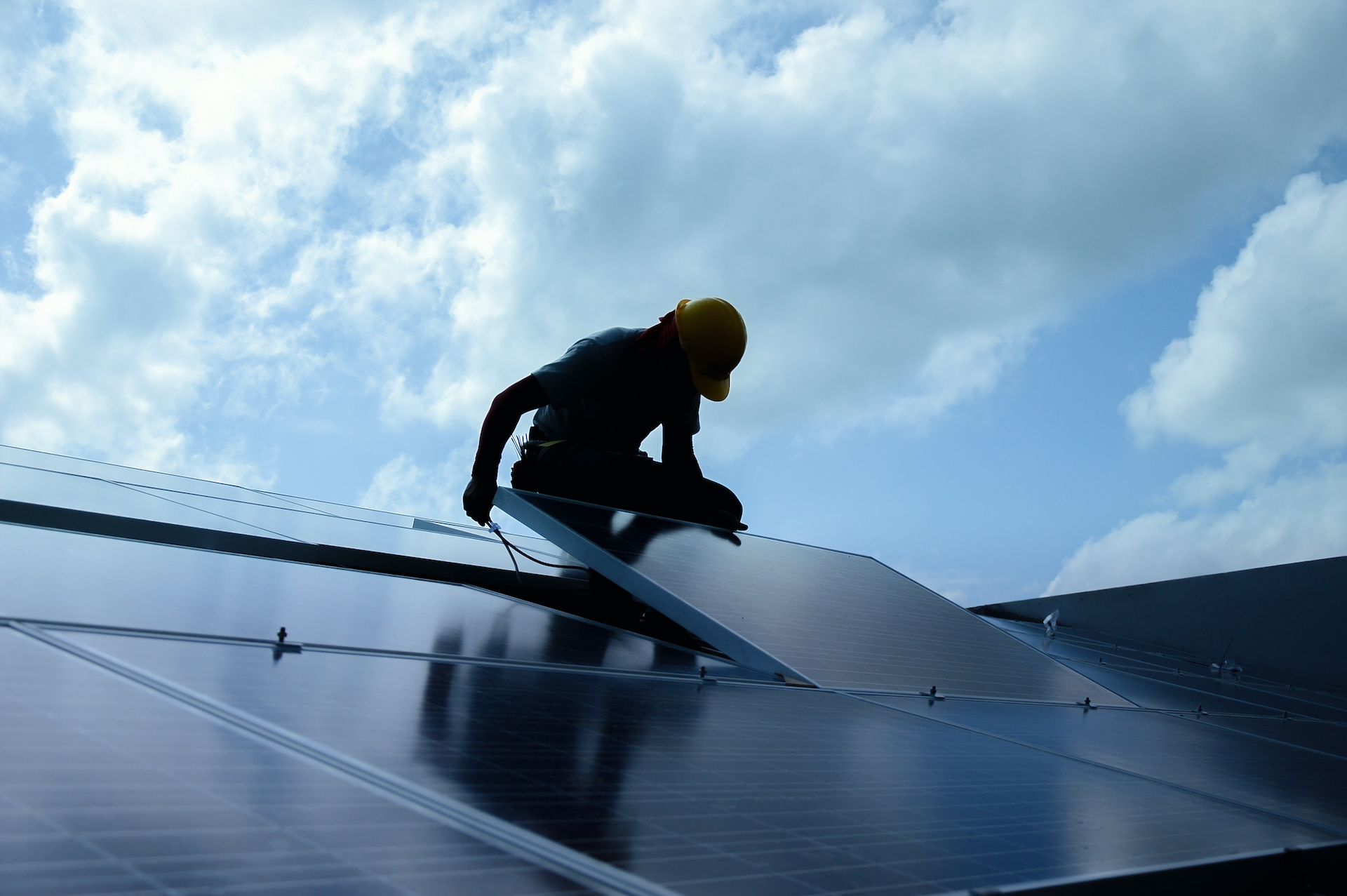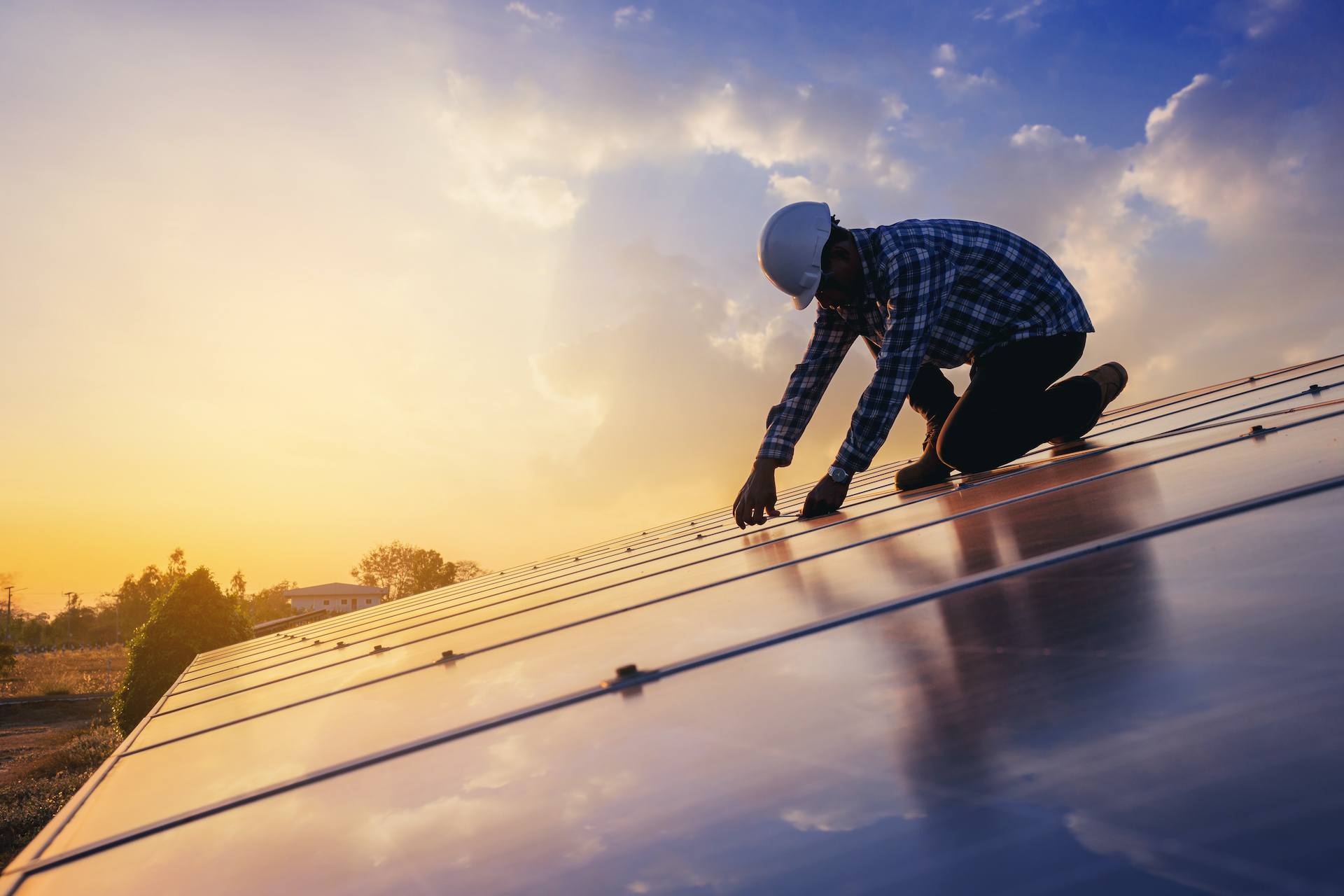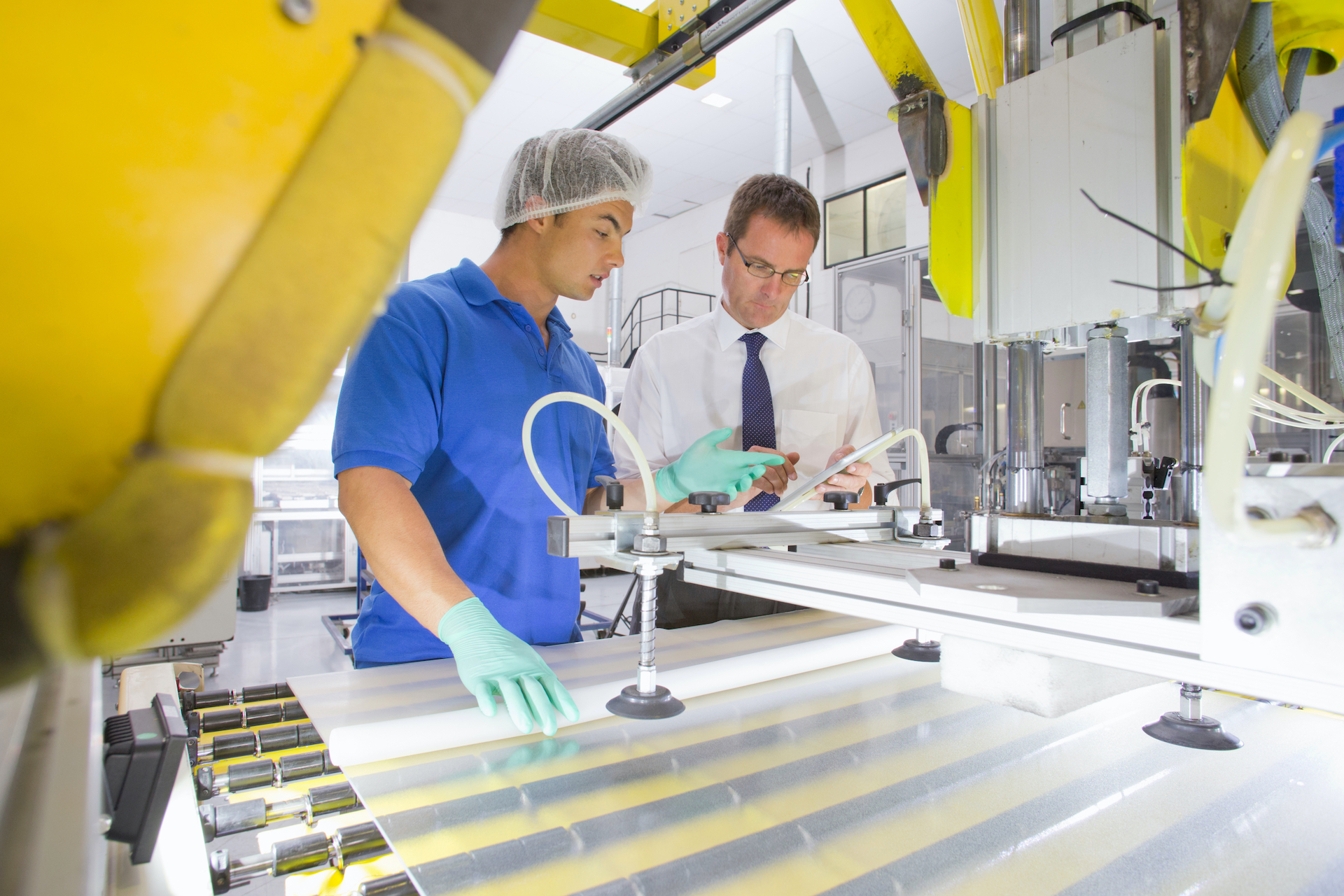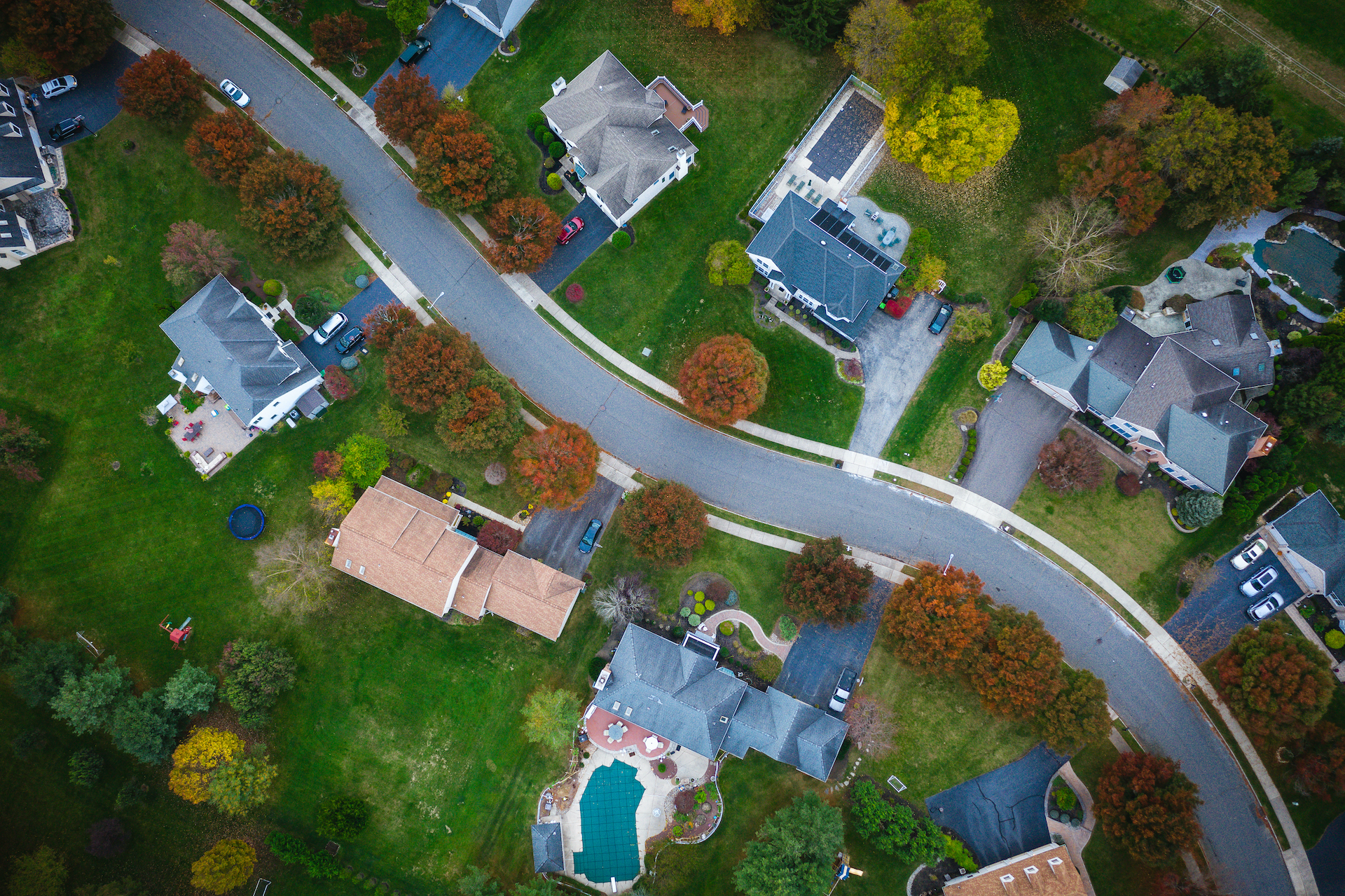Six Things to Watch Out For In A Solar Sales Pitch
Have you had a slick salesperson show up at your door or telemarketer call you about solar? Seen ads promoting huge incentives or free solar? Here are the most important things to look out for when it comes to shopping for solar.
1. Ads saying your can get paid to go solar or free solar
While the idea that you could get paid to switch to solar or get solar for free is tempting, common sense says that nothing is free. “Free solar” typically refers to third-party ownership financing where a company pays for and owns the solar that’s installed on your home. In return, you sign a contract (typically 20 years) to either pay a fixed monthly lease payment or agree to buy the electricity that the system produces for a fixed price per kilowatt-hour. And that price typically increases every year over the term of the agreement. The company that owns your system keeps all the incentives and rebates.
You can learn about third-party ownership and financing options here.
2. Sales companies that sell your contract to someone else to install
Sales organizations that only sell solar and then take signed contracts and sell them to other contractors are commonplace in solar. If you’re dealing with a sales organization, there are three things to watch out for.
First, the salesperson is compensated primarily on commission. They will have an agreement with one or more companies that install systems that stipulates how much the installation company will charge. Anything above that amount they keep so they are directly incentivized to sell you solar at the highest price.
Second, their business is predicated on selling systems. So their only goal is to get you to sign a contract. Often times they will overpromise or stretch the truth in order to get you to sign.
Third, since they aren’t tightly connected to the company installing the system, there’s little accountability in terms of how they design systems or what they promise. Once you sign, the design, installation and performance of the system and compliance with local codes is someone else’s problem.
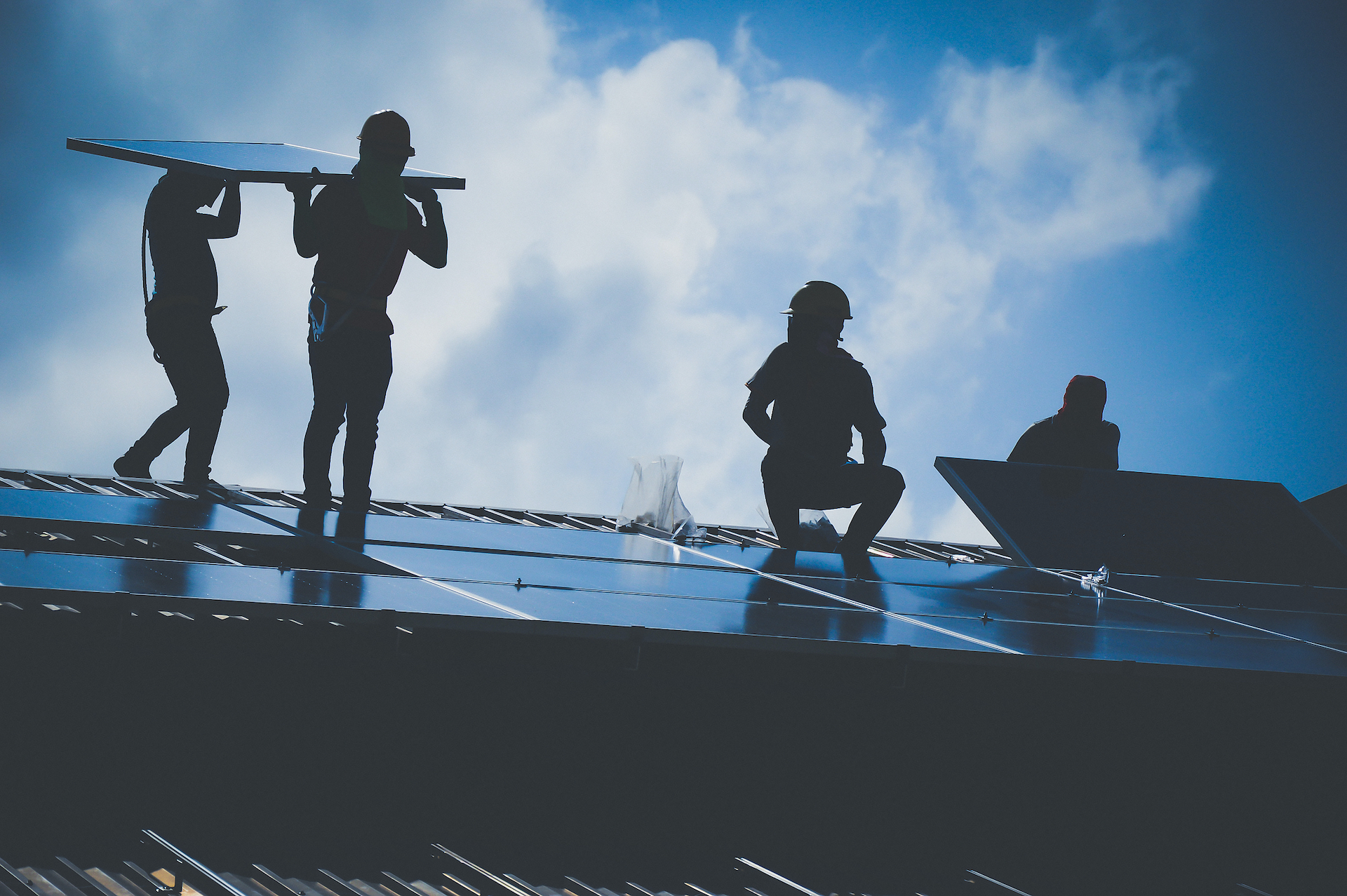
3. High pressure sales tactics
Because of the business model of sales organizations, many of their salespeople use high pressure sales tactics. Though this isn’t limited to just sales organizations. Not only do they want you to sign a contract, but they want you to sign a contract without seeing other options.
Don’t fall for common high pressure sales tactics like expiring discounts and promotions, expiring rebates or incentive programs or claims that interest rates will increase if you don’t sign a contract today.
4. Inaccurate performance assumptions
Dozens of different variables go into a home solar system performance estimate. In addition to the orientation of the panels on your roof and weather patterns in your local area, factors like shading, dust accumulation, snow, solar cell degradation and elevated temperature performance, losses in wiring and connectors, losses in DC to AC conversion, inverter clipping, panel performance mismatch and others all go into a system performance estimate.
Because these models are predicting 25 years of energy generation, even small changes in these factors can significantly increase the amount of electricity a home solar system is projected to generate.
In order to properly model the performance of a home solar system, a solar designer should be using software that enables accurate modeling of your roof space and shade from surrounding trees or structures and should be confirming these models with a site visit. In addition, they should be using realistic and accurate assumptions for all of the factors that go into these models.
A quick back of the envelope way to check whether an energy model is realistic is to divide the number of kilowatt-hours that a system is projected to generate per year by the system size in watts. For example, a 9.9kW (9,900 watt) system with a projected annual electricity generation of 9,587 kWh per year would imply a ratio of 1.17. In New Jersey, the ratio should be somewhere between 0.9 and 1.3. Anything below that means the solar panels aren’t getting enough sunlight and anything above that means that someone is likely juicing the numbers.
5. Inaccurate financial assumptions and savings estimates
One way to make the savings from solar look better is to project that the system will produce more electricity than it will in reality. In addition to projecting more savings, increasing the estimated energy generation also increases the amount of SREC income the system is projected to generate.
But another way is to fiddle with the financial model. Just like energy models, financial models are created for 25-30 years and are very sensitive to the fundamental assumptions that are fed into them. There are others, but the biggest lever to make the savings look better is the assumption of how much utility electricity prices will increase each year.
Solar savings are calculated based on the avoided cost of purchasing electricity from the utility. And these financial models assume some amount of increase in the price of electricity from the utility. To assume that utility prices will increase is totally valid as they always have over the medium to long term. The long term average annual increase of utility prices is around 2%. But if a solar contractor uses 3%, the total savings will look much larger.
Here’s an example using the same 9.9kW system producing 11,587 kWh per year:
- 2% annual increase – lifetime solar savings = $23,874
- 3% annual increase – lifetime solar savings = $27,654 (16% increase!)
- 4% annual increase – lifetime solar savings = $32,012 (34% increase!)
As you can see changing this assumption has a huge impact on projected savings. So it’s critical that you understand what your solar salesperson is using in their financial model.
6. Hidden fees for financing
Similar to ads touting “free solar”, solar salespeople may offer loans with very tempting low interest rates (think 0%, 0.99%, 1.99%, etc.). Just like free solar, if it seems too good to be true, it probably is. If the Federal Reserve has set interest rates at 5%, how can a loan company offer to lend money at a lower rate and still make money?
It’s important to understand how solar loans work and particularly low interest rate loans. Most loans have what’s called a “dealer fee” and require that contractors don’t disclose these fees to homeowners. The dealer fee is essentially an upfront increase in the financing cost of the project. Dealer fees are typically used to “buy down” the interest rate. The lower the interest rate, and the longer the loan, the higher the dealer fee. Dealer fees for long term loans (25 years) and low interest rates (really anything below the Fed rate) can be increase the project price as much as 40-50%!
Good solar salespeople will try to understand your goals and budget and propose the best loan options for your particular situation. For example, if you plan on paying your system off as soon as possible, they should recommend a shorter loan term with a higher interest rate in order to minimize the dealer fee.
You can ask your solar salesperson what the dealer fee is, though you may not get a straight answer. You can also ask for a cash price, though some salespeople will inflate the cash price so the dealer fee doesn’t look so large. The only way to tell whether you’re getting the best deal on solar or financing is to get multiple quotes to compare.
Six Things to Watch Out For In A Solar Sales Pitch
Have you had a slick salesperson show up at your door or telemarketer call you about solar? Seen ads promoting huge incentives or free solar? Here are the most important things to look out for when it comes to shopping for solar.
1. Ads saying your can get paid to go solar or free solar
While the idea that you could get paid to switch to solar or get solar for free is tempting, common sense says that nothing is free. “Free solar” typically refers to third-party ownership financing where a company pays for and owns the solar that’s installed on your home. In return, you sign a contract (typically 20 years) to either pay a fixed monthly lease payment or agree to buy the electricity that the system produces for a fixed price per kilowatt-hour. And that price typically increases every year over the term of the agreement. The company that owns your system keeps all the incentives and rebates.
You can learn about third-party ownership and financing options here.
2. Sales companies that sell your contract to someone else to install
Sales organizations that only sell solar and then take signed contracts and sell them to other contractors are commonplace in solar. If you’re dealing with a sales organization, there are three things to watch out for.
First, the salesperson is compensated primarily on commission. They will have an agreement with one or more companies that install systems that stipulates how much the installation company will charge. Anything above that amount they keep so they are directly incentivized to sell you solar at the highest price.
Second, their business is predicated on selling systems. So their only goal is to get you to sign a contract. Often times they will overpromise or stretch the truth in order to get you to sign.
Third, since they aren’t tightly connected to the company installing the system, there’s little accountability in terms of how they design systems or what they promise. Once you sign, the design, installation and performance of the system and compliance with local codes is someone else’s problem.

3. High pressure sales tactics
Because of the business model of sales organizations, many of their salespeople use high pressure sales tactics. Though this isn’t limited to just sales organizations. Not only do they want you to sign a contract, but they want you to sign a contract without seeing other options.
Don’t fall for common high pressure sales tactics like expiring discounts and promotions, expiring rebates or incentive programs or claims that interest rates will increase if you don’t sign a contract today.
4. Inaccurate performance assumptions
Dozens of different variables go into a home solar system performance estimate. In addition to the orientation of the panels on your roof and weather patterns in your local area, factors like shading, dust accumulation, snow, solar cell degradation and elevated temperature performance, losses in wiring and connectors, losses in DC to AC conversion, inverter clipping, panel performance mismatch and others all go into a system performance estimate.
Because these models are predicting 25 years of energy generation, even small changes in these factors can significantly increase the amount of electricity a home solar system is projected to generate.
In order to properly model the performance of a home solar system, a solar designer should be using software that enables accurate modeling of your roof space and shade from surrounding trees or structures and should be confirming these models with a site visit. In addition, they should be using realistic and accurate assumptions for all of the factors that go into these models.
A quick back of the envelope way to check whether an energy model is realistic is to divide the number of kilowatt-hours that a system is projected to generate per year by the system size in watts. For example, a 9.9kW (9,900 watt) system with a projected annual electricity generation of 9,587 kWh per year would imply a ratio of 1.17. In New Jersey, the ratio should be somewhere between 0.9 and 1.3. Anything below that means the solar panels aren’t getting enough sunlight and anything above that means that someone is likely juicing the numbers.
5. Inaccurate financial assumptions and savings estimates
One way to make the savings from solar look better is to project that the system will produce more electricity than it will in reality. In addition to projecting more savings, increasing the estimated energy generation also increases the amount of SREC income the system is projected to generate.
But another way is to fiddle with the financial model. Just like energy models, financial models are created for 25-30 years and are very sensitive to the fundamental assumptions that are fed into them. There are others, but the biggest lever to make the savings look better is the assumption of how much utility electricity prices will increase each year.
Solar savings are calculated based on the avoided cost of purchasing electricity from the utility. And these financial models assume some amount of increase in the price of electricity from the utility. To assume that utility prices will increase is totally valid as they always have over the medium to long term. The long term average annual increase of utility prices is around 2%. But if a solar contractor uses 3%, the total savings will look much larger.
Here’s an example using the same 9.9kW system producing 11,587 kWh per year:
- 2% annual increase – lifetime solar savings = $23,874
- 3% annual increase – lifetime solar savings = $27,654 (16% increase!)
- 4% annual increase – lifetime solar savings = $32,012 (34% increase!)
As you can see changing this assumption has a huge impact on projected savings. So it’s critical that you understand what your solar salesperson is using in their financial model.
6. Hidden fees for financing
Similar to ads touting “free solar”, solar salespeople may offer loans with very tempting low interest rates (think 0%, 0.99%, 1.99%, etc.). Just like free solar, if it seems too good to be true, it probably is. If the Federal Reserve has set interest rates at 5%, how can a loan company offer to lend money at a lower rate and still make money?
It’s important to understand how solar loans work and particularly low interest rate loans. Most loans have what’s called a “dealer fee” and require that contractors don’t disclose these fees to homeowners. The dealer fee is essentially an upfront increase in the financing cost of the project. Dealer fees are typically used to “buy down” the interest rate. The lower the interest rate, and the longer the loan, the higher the dealer fee. Dealer fees for long term loans (25 years) and low interest rates (really anything below the Fed rate) can be increase the project price as much as 40-50%!
Good solar salespeople will try to understand your goals and budget and propose the best loan options for your particular situation. For example, if you plan on paying your system off as soon as possible, they should recommend a shorter loan term with a higher interest rate in order to minimize the dealer fee.
You can ask your solar salesperson what the dealer fee is, though you may not get a straight answer. You can also ask for a cash price, though some salespeople will inflate the cash price so the dealer fee doesn’t look so large. The only way to tell whether you’re getting the best deal on solar or financing is to get multiple quotes to compare.
Not sure if you’re getting accurate information and the best deal on a home solar system? This is why Sentinel exists. Let our independent and objective advisors work for you to provide an honest assessment, accurate design and energy / financial model and then pick local installers to bid on your project.
Not sure if you’re getting accurate information and the best deal on a home solar system? This is why Sentinel exists. Let our independent and objective advisors work for you to provide an honest assessment, accurate design and energy / financial model and then pick local installers to bid on your project.
Have questions? Send us a message and we’ll answer ASAP.
Have questions? Send us a message and we’ll answer ASAP.
Learn about solar
Find honest answers to some of the most commonly asked questions on home solar and clean energy.



